As a child, I dreaded shopping with my mum at local markets. The scorching sun, long walks, and unending negotiations with sellers didn’t sit well with me. During one of those walks, I overheard my mum ask the fish vendor, “Is this the original or fake Titus fish?”
Are you shocked to learn that fish can be fake or original too? Then be my guest. I’ve since learned the differences. This is why I’ll explain how to spot original vs fake titus fish while highlighting their health benefits. Read on.
Original vs. fake Titus fish: How to spot the mackerel fish
The word “Titus fish” will likely startle you if you’re not a Nigerian. Like many food items in Nigeria, fish have locally acceptable names. The mackerel fish, which Nigerians call “titus,” is tagged “fake” or “original.” in Nigeria. But is that really the case?
Flash news: The mackerel fish is neither fake nor original. Luther Lawoyin, the CEO of Pricepally, explained that “fake” or “original” is “market-speak for mackerel fish amongst locals in Nigeria.” Mackerels are also imported from different places in Nigeria; therefore, locals likely added the adjectives to differentiate the species.
The famous “original titus” is the Atlantic mackerel (Scomber scombrus). Moreover, the “fake Titus” is the chub mackerel (Scomber japonicus), which Nigerians also call “kampala.” Both belong to the same genus (Scomber) and have an uncanny physical appearance, explaining why many people mix them up.
The Atlantic mackerel is found in the temperate waters of the Mediterranean Sea, the Black Sea, and the Atlantic Ocean. Its body is elongated with wavy, dark, and vertical lines on the upper sides. It also has a long, pointed snout, a small head, and small eyeballs. Its belly is clear, shiny, and silvery white with no spots. It’s mostly steel-bluish in color with sharp and wavy black lines, especially in the upper region.
The chub mackerel (or “kampala”) is found in the Pacific Ocean. It has bright vertical stripes. Although the chub mackerel has an elongated body, its snout, head, and eyeballs are bigger than the Atlantic mackerel. Its belly has scattered spots with pale dotted lines.
Summarily, look out for these differences before buying titus fish.
| Factors to consider | Atlantic mackerel aka “original titus” fish | Chub mackerel aka kampala or “fake titus” fish |
|
Head/snot |
Small head, eyeballs, and pointed snout. | Big head, eyeballs, and snout. |
|
Belly |
Clear, shiny, and silvery with no spots. |
It has spots all over it. |
|
Line patterns |
Sharp and wavy black lines. |
It has pale dotted lines around its belly. |
Which online grocery store sells titus fish?
Both fish can easily pass for each other on a casual look. This is why you need to buy from local market stores with clear labels and pictures. Pricepally, the home of farm fresh food and seafood, lets you shop your preferred titus fish, seafood, and their ingredients.

Thanks to Pally, you can buy more fish by paying less. Like a food group, Pally allows you to split fish bills with your friends or other shoppers. But unlike regular food groups, you can pay for your slot and checkout without waiting for other shoppers to complete the slot or pay their part.
As a kid, I dreaded the endless walks to and around local markets (I still do!). But Pricepally removes market stress with a few clicks. You can order food items through the web, mobile app, or WhatsApp shopping assistant (April) and schedule your delivery time.
We also deliver to your doorstep in Lagos, Abuja, and Port Harcourt. The delivery fee is between #2,000–#3,000 as of the time of writing.
Health benefits of Mackerel fish
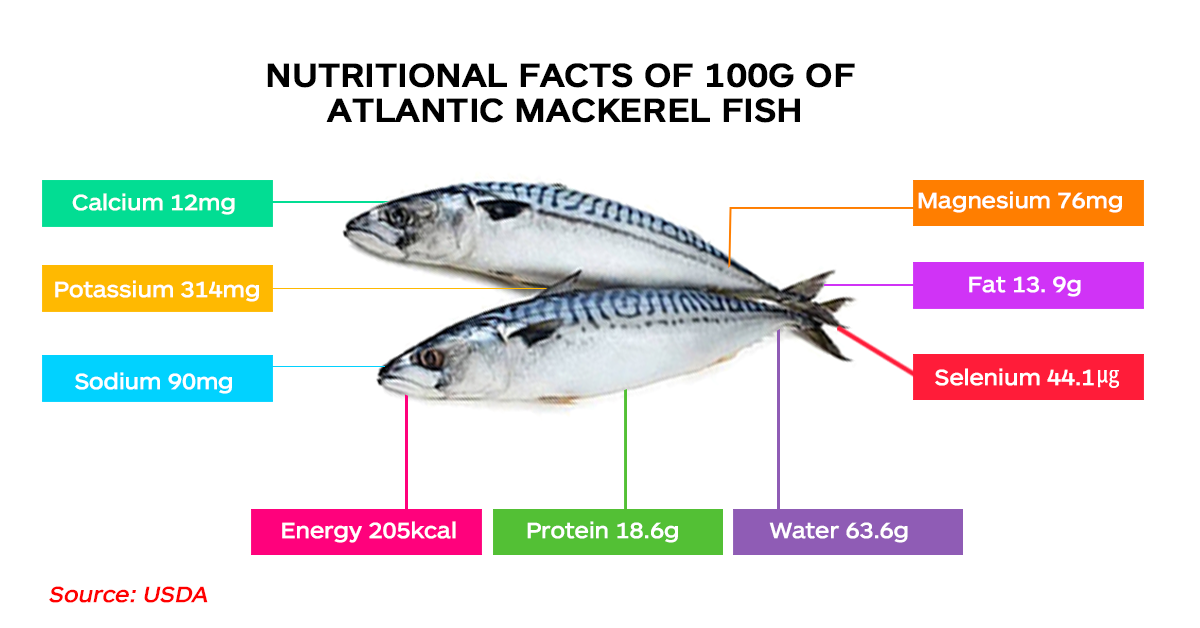
The mackerel fish isn’t just delicious; it’s also nutritious. Here are some of its health benefits.
1. It protects against heart disease, depression, and anxiety
I’m sure you’ve heard this a million times, “Avoid fats! They’re not good for you.” That may be true with saturated or “bad” fats, especially when they’re in excess amounts in the body. But the theory isn’t the same with omega-3 fatty acids—your body needs them.
Omega-3 fatty acids are essential fats your body can only get from food sources like mackerel fish, leafy vegetables, and nuts. Unlike other fats, your body can’t produce them from scratch. Apart from supplying your body with energy, fatty acids play a critical role in genetic function and blood clotting. As a result, they reduce the risk of heart disease, anxiety, and depression. Medical studies also back this up, as people who take omega-3 fatty acids are less likely to have depression. Similarly, in 2019, another study also revealed that omega-3 fatty acids improve the symptoms of people with anxiety and depression.
2. It provides vitamin D
Not many foods contain vitamin D, which the body needs for bone development. Alongside salmon and sardines, mackerel provides a healthy dose of vitamin D (or the “sunshine vitamin”).
3. Rich sources of folate and iron
Your body needs iron. It helps the body produce hemoglobin and myoglobin for transporting oxygen and providing oxygen to muscle cells, respectively.
Despite its benefits, iron shortage is still a problem. For example, a lack of iron causes anemia (a lack of red blood cells to carry oxygen), which causes fatigue, dizziness, and birth defects in children and women.
However, adding mackerel fish to your diet can help you fill your iron gap. The mackerel fish also supplies folate (vitamin B9) and vitamin B12. The latter protects pregnant women against birth defects in the brain and spine. Vitamin B12 also prevents anemia and improves cognitive abilities.
Frequently Asked Questions about titus fish
What’s the calorie content of titus fish?
The calorie content depends on the species and the cooking method. However, according to the United States Department of Agriculture (USDA), a 3.5-ounce (100 grams) serving of Atlantic mackerel contains 205 calories. Because of its low calorie and high fatty acid content, medical experts recommend adding mackerel to your diet if you’re trying to manage your weight.
How much is titus fish in Nigeria?
At the time of writing, these are the prices of various sizes of mackerel fish on Pricepally.
- 1kg #2, 149
- 10kg #20,799
- 20kg #41,549
Additionally, you can split the prices of the mackerel fish (10kg and 20kg) using Pally. All you need to do is select the order type>Pally (split Bill)>>add to cart on the website or your mobile app.
Which fish is “eja osan”?
Eja osan is the Yoruba name for the African knife fish. The Hausas call it “Dansarki,” while the Igbos call it “azu asa.”

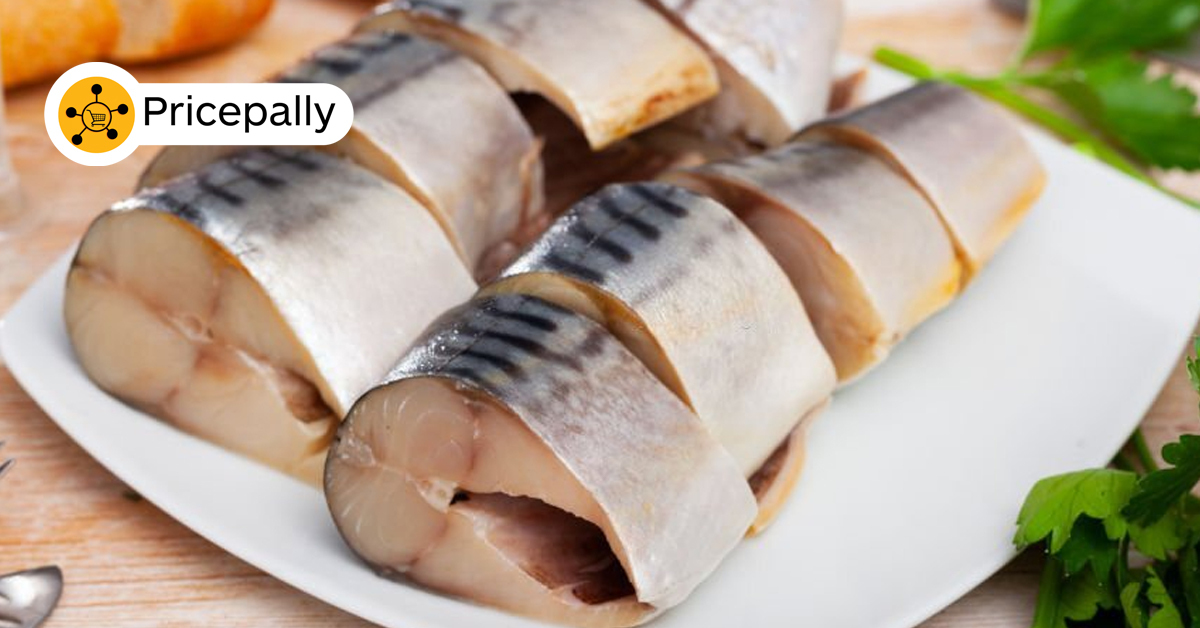
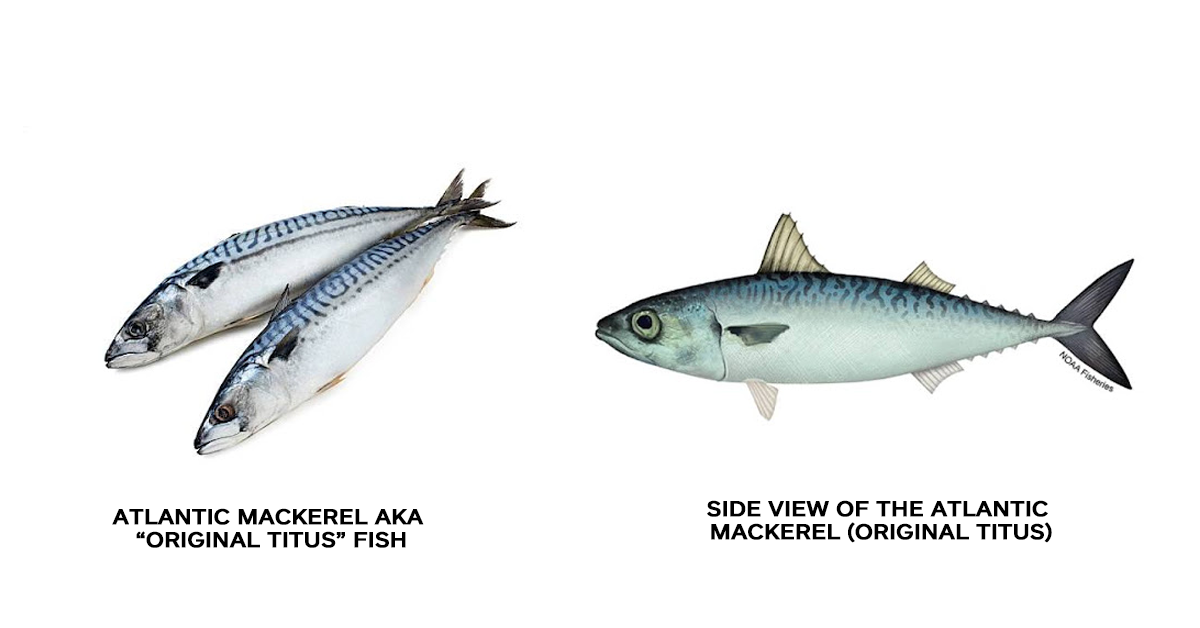
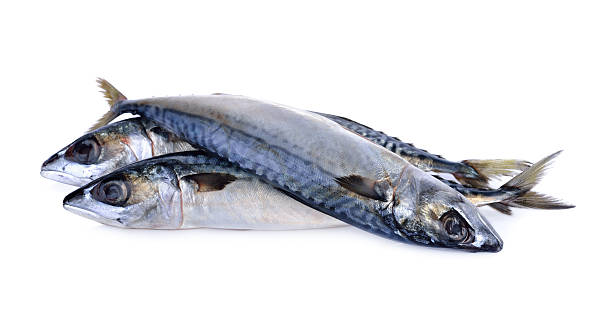

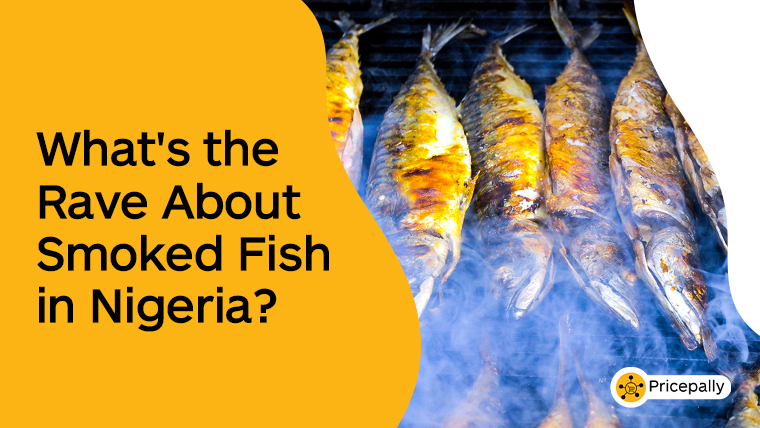
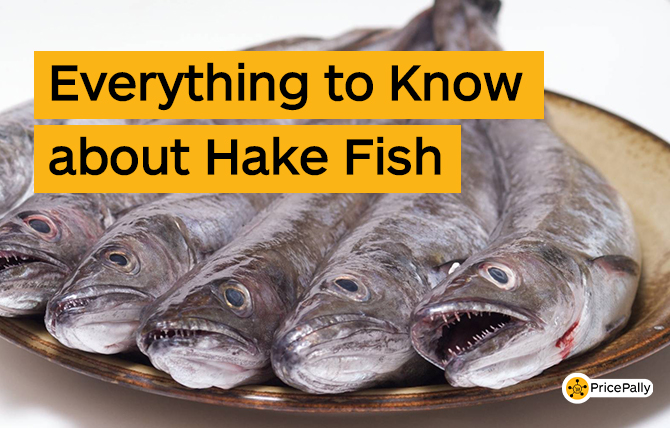
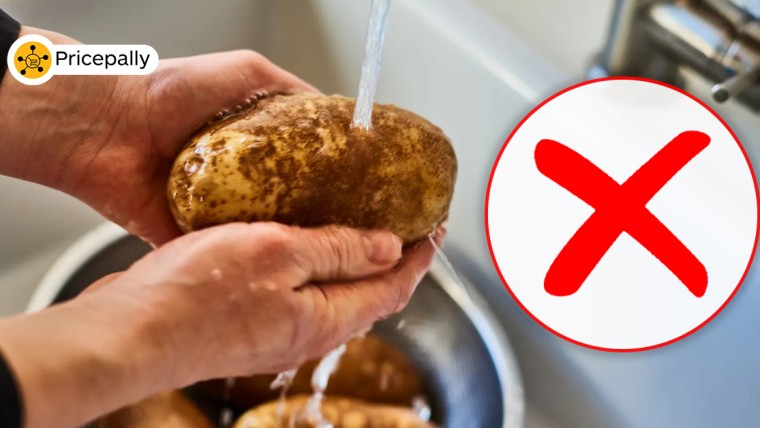



How Pricepally is reinventing Bulk buying Fresh-farm foods in Nigeria.
PRICEPALLY FOOD PRICE INDEX
WORLD EARTH DAY 2021
Will Standardized Food measurement become widely adopted in Nigeria?
Bulk Food Supply for Businesses: How PricePally’s Loyalty Rewards Program Helps You Save More and Grow
PricePally PriceLock FAQs: How to Beat December Food Inflation in Nigeria
Exploring Okro: Benefits, Meal Ideas, and Okra Water
PricePally Partners with Power Oil to Launch Health & Wellness Campaign for Nigerian Shoppers